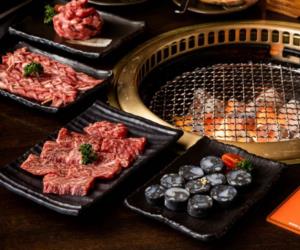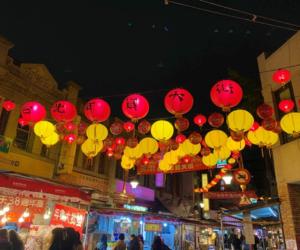The Annapurna Circuit is one of the most famous trekking routes in Nepal, offering a perfect mix of mountains, rivers, and traditional villages. Each step of this trek brings breathtaking views, unique cultural experiences, and the thrill of adventure. Trekkers can witness the grandeur of snow-capped peaks while walking through lush valleys and charming Himalayan settlements.
文章重點
Why the Annapurna Circuit Trek is Special
The Annapurna Circuit is loved by trekkers worldwide for its diverse landscapes and cultural richness. The trail passes through subtropical forests, alpine meadows, and high mountain deserts. Along the way, trekkers can experience the local culture of Gurung, Thakali, and Tibetan communities. This combination of natural beauty and cultural immersion makes the trek unforgettable.
Trek Highlights
Thorong La Pass: One of the highest trekking passes in the world, offering panoramic Himalayan views.
Muktinath Temple: A sacred site for both Hindus and Buddhists, located in the Mustang region.
Poon Hill: Famous for sunrise views over the Annapurna and Dhaulagiri ranges.
Rivers and Waterfalls: The trail follows several rivers, with waterfalls adding charm and refreshment.
Traditional Villages: Walk through villages with stone houses, prayer flags, and warm hospitality.
Trek Statistics
For those planning the trek, here are the key numbers:
Average Length: 15–20 days
Total Distance: Approximately 160–230 km depending on the route
Maximum Elevation: Thorong La Pass at 5,416 meters
These figures show that while the trek is challenging, it is achievable with proper preparation and fitness. Each day brings rewarding views and cultural experiences.
Daily Trekking Experience
Most treks begin from Besisahar, a small town accessible from Kathmandu by road. The trail gradually climbs through terraced fields and riverside forests, with stops in charming villages along the way.
As altitude increases, landscapes change dramatically—from subtropical forests to barren high-altitude deserts. Trekkers often experience clear mountain skies, fresh air, and peaceful surroundings. Acclimatization is essential for safety, and rest days are built into the trek to help the body adjust.
Nature and Wildlife
The Annapurna Circuit is rich in biodiversity. Trekkers may spot Himalayan birds, langurs, and even the elusive snow leopard in remote areas. Rhododendron forests bloom in spring, painting the hillsides with vivid colors. Crystal-clear rivers and waterfalls make trekking even more enjoyable.
Best Time to Visit
The ideal trekking seasons are March to May and September to November. During these months, the weather is stable, skies are clear, and mountain views are spectacular. Winter brings snow and cold temperatures, while the monsoon season can make trails slippery and challenging.
Tips for Trekkers
Acclimatize Properly: Take time to adjust at higher altitudes to prevent altitude sickness.
Pack Smart: Bring warm clothing, sturdy boots, trekking poles, and a reliable sleeping bag.
Stay Hydrated and Eat Well: Drink water frequently and eat enough calories to maintain energy.
Respect Local Culture: Visit monasteries and interact politely with locals.
Hire a Guide or Porter: A local guide ensures safety, cultural insight, and ease during the trek.
Conclusion
Hiking the Annapurna Circuit is a journey through breathtaking landscapes, flowing rivers, and vibrant villages. The trek offers adventure, cultural immersion, and unforgettable memories. From high passes like Thorong La to peaceful Himalayan settlements, every step tells a story.
For anyone seeking mountains, rivers, and villages in one epic adventure, the Annapurna Circuit Trek is an experience of a lifetime. Lace up your boots, pack your gear, and get ready to explore the heart of Nepal’s Himalayas.





